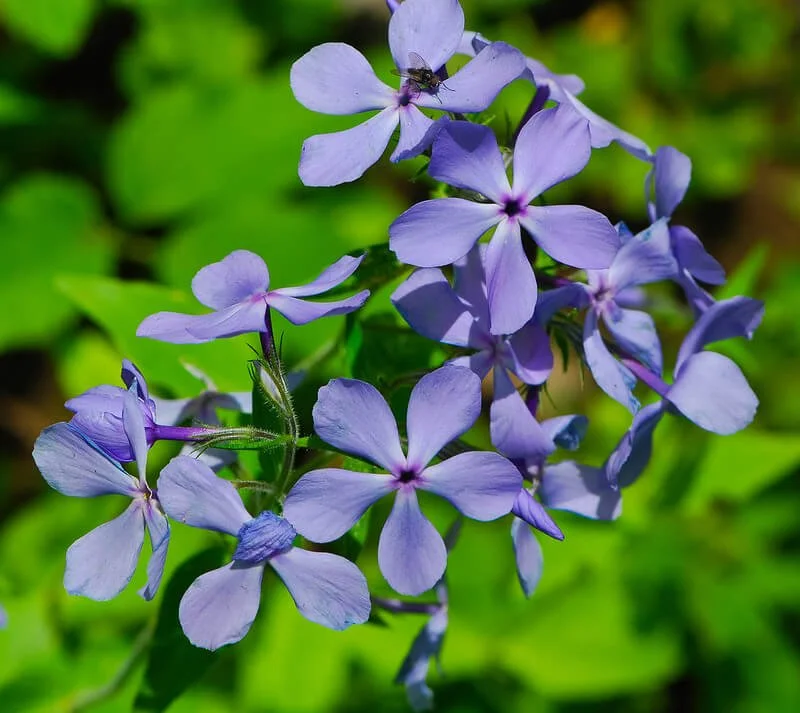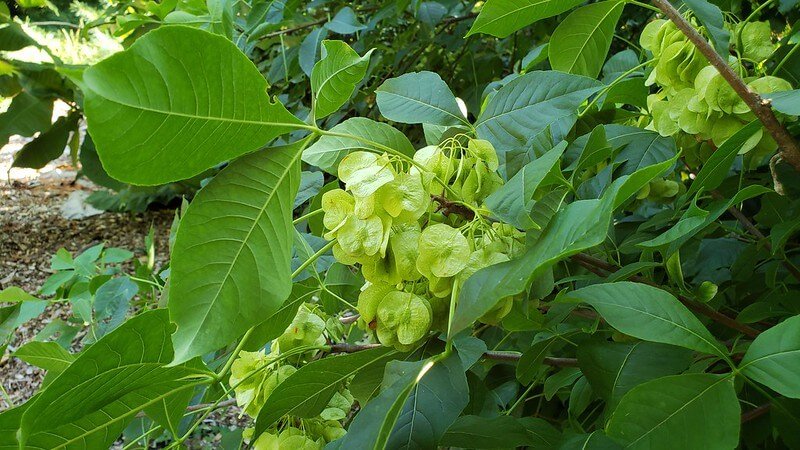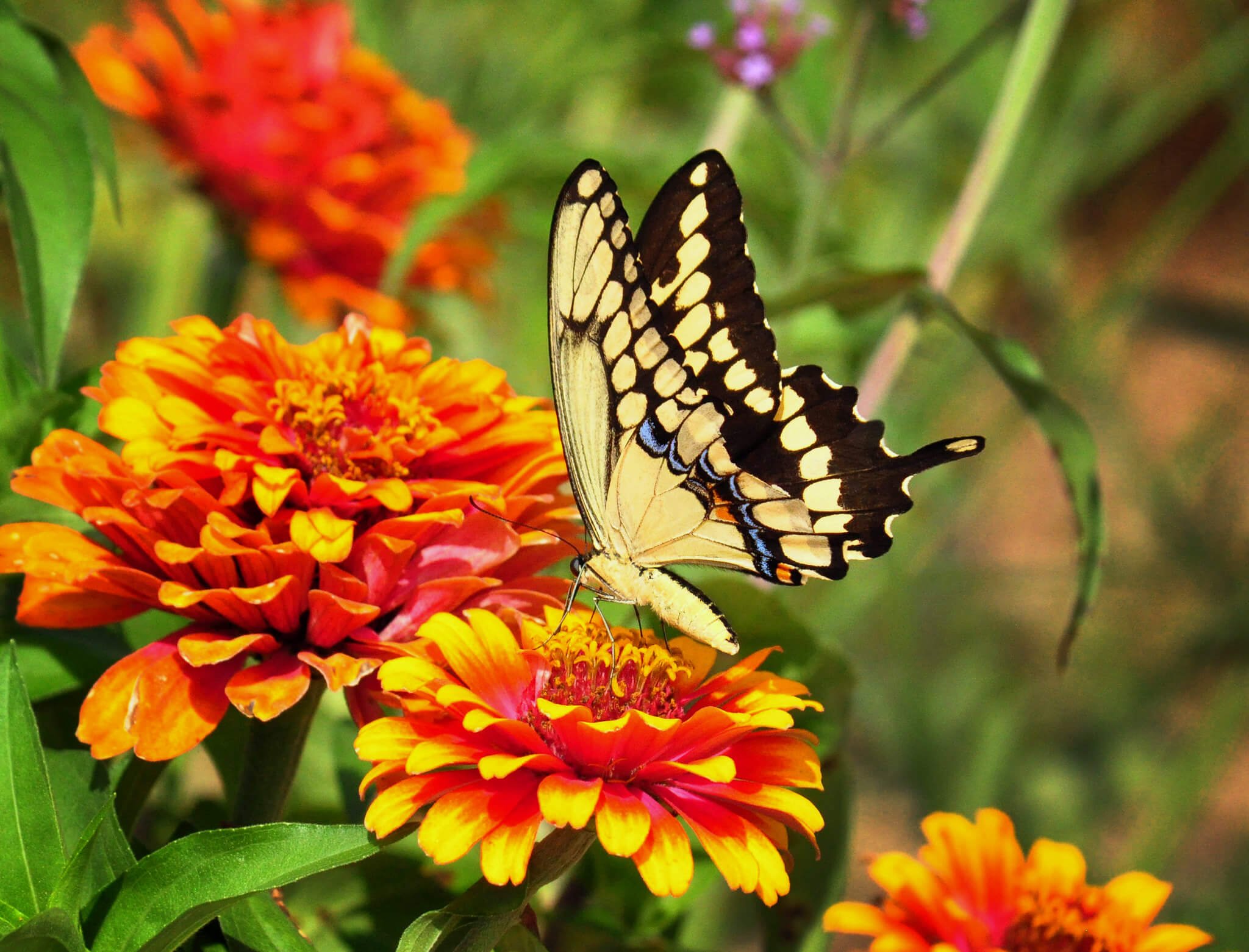Heart-Leaved Aster (Symphyotrichum cordifolium)
Heart-leaved Aster is a great late-season source of food for pollinators and migrating butterflies. The flowers attract a ton of native bees including 36 different kinds of specialist bees (Johnson and Colla, 2023) and it is the host plant for the Pearl Crescent and 12 other species of butterflies and moths in our area (nwf.org)(illinoiswildflower.info). Heart-leaved Aster is quite adaptable but grows best in partial shade, however, it will tolerate nearly full shade and nearly full sun.
Photo credit: John Barber (1), John Blair (2)
Heart-leaved Aster is a great late-season source of food for pollinators and migrating butterflies. The flowers attract a ton of native bees including 36 different kinds of specialist bees (Johnson and Colla, 2023) and it is the host plant for the Pearl Crescent and 12 other species of butterflies and moths in our area (nwf.org)(illinoiswildflower.info). Heart-leaved Aster is quite adaptable but grows best in partial shade, however, it will tolerate nearly full shade and nearly full sun.
Photo credit: John Barber (1), John Blair (2)
Heart-leaved Aster is a great late-season source of food for pollinators and migrating butterflies. The flowers attract a ton of native bees including 36 different kinds of specialist bees (Johnson and Colla, 2023) and it is the host plant for the Pearl Crescent and 12 other species of butterflies and moths in our area (nwf.org)(illinoiswildflower.info). Heart-leaved Aster is quite adaptable but grows best in partial shade, however, it will tolerate nearly full shade and nearly full sun.
Photo credit: John Barber (1), John Blair (2)
Life Cycle: Perennial
Sun Exposure: Partial sun, Shade
Soil Moisture: Medium, Medium-dry
Height: 3 feet
Plant Spacing: 18-24 inches
Bloom Time: September-October
Bloom Color: Light Blue
Advantages: Pollinator Favorite, Bird Favorite, Recommended, but can be very vigorous
Host Plant: Pearl Crescent and 12 other species of butterflies and moths use this as a caterpillar host plant in our area (nwf.org)
Specialist Bee: Andrena aliciae, A. asteris, A. asteroides, A. canadensis, A. chromotricha, A. hirticincta, A. nubecula, A. placata, A. simplex, Perdita albipinnis, P. octomaculata, Pseudopanurgus aestivalis, P. andrenoides, P. compositarum, Melissodes boltoniae, M. confuses, M. coreopsis, M. dentiventris, M. druriellus, M. illatus, M. lustrus, M. menuachus, M. microstictus, M. niveus, M. semilupinus, M. subagilis, M. subillatus, M. tinctus, M. trinodis, Anthophorula asteris, Colletes americanus, C. compactus, C. rufocinctus, C. simulans, C. speculiferus, and Dianthidium simile (Johnson and Colla, 2023)
Complementary Plants: Heath Aster, Zigzag Goldenrod, White Wood Aster
Resource: Johnson, Lorraine, and Sheila Colla. A Northern Gardener’s Guide to Native Plants and Pollinators: Creating Habitat in the Northeast, Great Lakes, and Upper Midwest. Island Press, 2023










